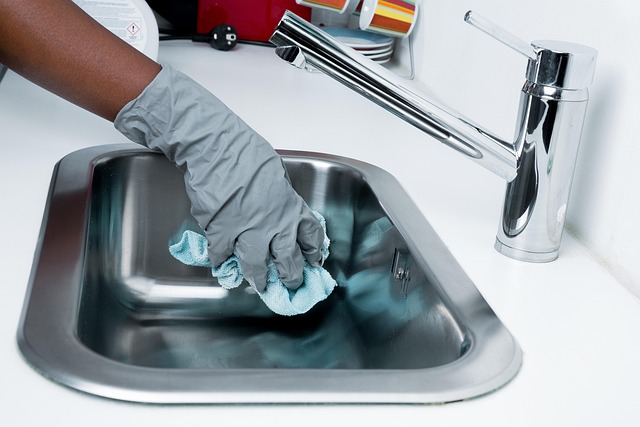Smart Trash Can: How Touchless Technology Changes Waste Disposal
A smart trash can combines sensors, connectivity, and refined mechanics to simplify how households and businesses manage waste. These devices aim to reduce contact, improve odor control, and sometimes streamline recycling or bag replacement. As smart technology becomes more common in home appliances, understanding how a smart trash can works, what features matter, and how it affects routine waste disposal helps you choose a model that fits daily needs.

trash can design and materials
Design influences durability, odor control, and how a smart trash can integrates into a room. Most smart models use stainless steel, plastic, or composite shells to resist stains and simplify cleaning. Internal liners, antimicrobial coatings, and replaceable charcoal filters are common design elements to manage smells. Size and shape matter depending on how often you plan to empty the bin: compact units suit bathrooms and small kitchens, while larger units or dual-compartment designs support sorting recyclables and general waste.
waste disposal and hygiene benefits
Smart trash cans target cleaner waste disposal by reducing direct contact and improving containment. Touchless lids and well-sealed interiors lower the chance of bacterial transfer on high-touch surfaces. Some units include odor-absorbing filters and automatic sealing or bag-changing mechanisms to minimize exposure during disposal. For shared spaces or small businesses, these hygiene benefits can reduce the frequency of deep cleans and help maintain a more sanitary environment without altering standard waste collection routines.
smart technology features to consider
Smart technology in trash cans ranges from simple infrared sensors to Wi‑Fi connectivity and app integration. Common features include automatic lid opening, status indicators for bag fullness, and notification alerts for when it’s time to empty or replace filters. More advanced models may connect to home automation platforms or log usage patterns to suggest maintenance schedules. When assessing features, prioritize reliability, battery life, and whether connectivity adds practical value or only complexity for your habits.
motion sensor performance and reliability
Motion sensor accuracy is central to a touchless experience. Infrared and ultrasonic motion sensors are typical; their placement and sensitivity settings determine how consistently the lid opens and avoids false triggers. Reliable motion sensor performance should balance responsiveness with minimal accidental openings from pets or passing traffic. Look for adjustable sensitivity, sensor range specs, and user reviews focused on real-world reliability rather than marketing descriptions to understand how a specific model performs in varied household conditions.
touchless operation and upkeep
Touchless operation simplifies daily use but introduces maintenance tasks like battery replacement, filter changes, or software updates if the unit is connected. Routine upkeep usually involves wiping the exterior, emptying the bag before overflow, and replacing filters according to the manufacturer’s schedule. For compact models, check how easy it is to access the interior and change bags; poorly designed interiors can negate the convenience of touchless features. Consider whether the unit uses proprietary bags or common sizes to avoid ongoing supply hassles.
Conclusion
Smart trash cans apply motion sensors and touchless operation to make waste disposal more hygienic and convenient without fundamentally changing collection systems. Design choices—material, size, filter systems—and smart technology features determine practicality and long-term satisfaction. For many users, a reliable motion sensor, straightforward maintenance, and durable materials are the most valuable attributes. Evaluating these aspects against daily routines and available space helps match a smart trash can to household needs while keeping waste disposal efficient and cleaner.






